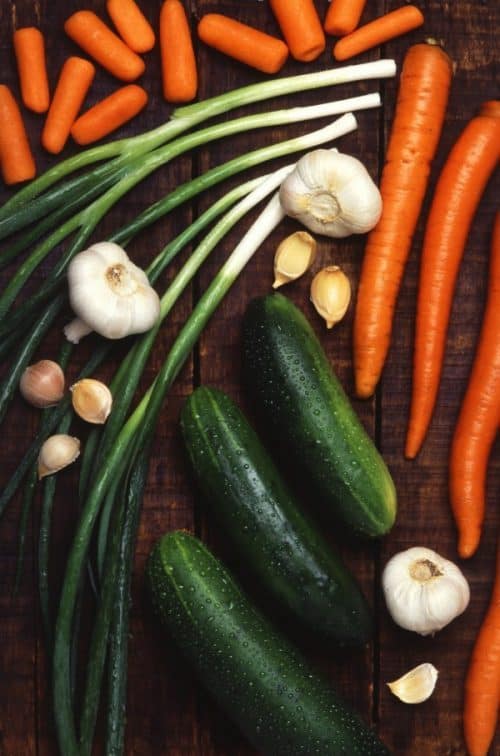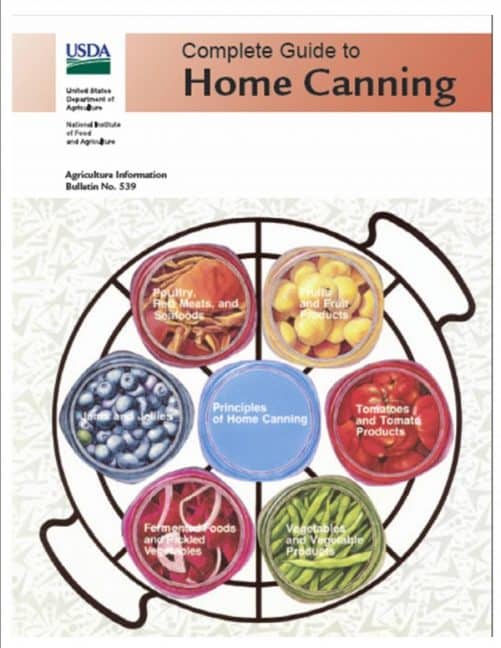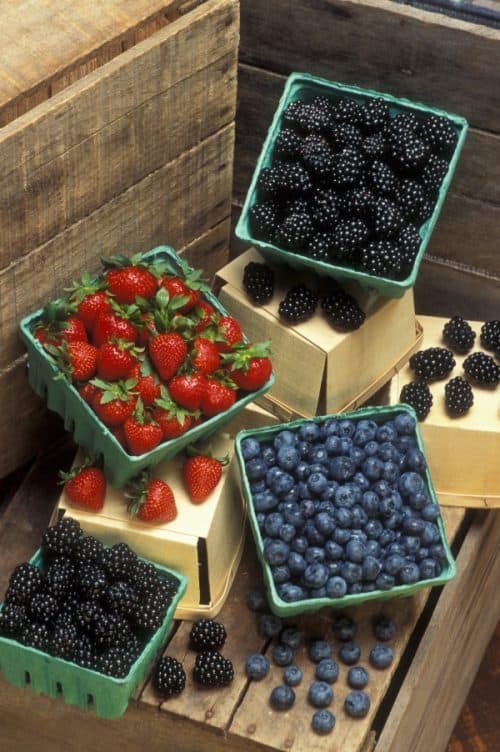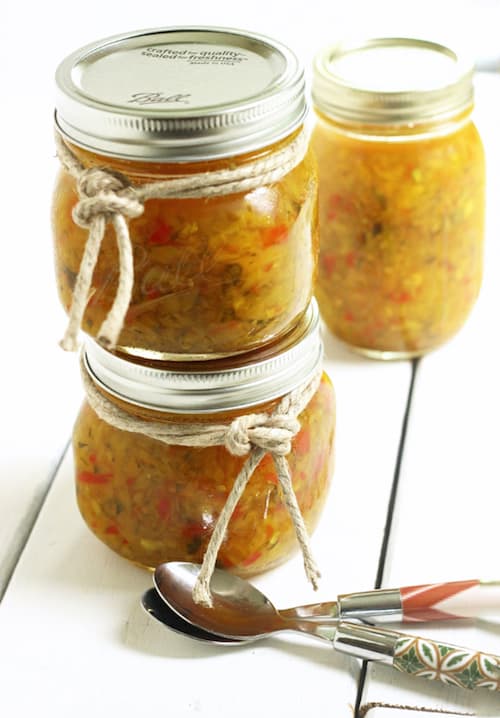Canning and Preserving 101
Are you an expert at canning and preserving? Someone who knows how to prepare and store the summer’s freshest produce, so that you can savor its flavor no matter how cold the weather, or deep the snow? Or are you more like me – a bit intimidated by the secret world of canning, pressure cookers and sterilization techniques, and extremely terrified of giving the homemade gift of botulism?
Call me crazy or just really boring, but learning how to can fresh produce is actually on my bucket list. I think there’s nothing better than a jar of homemade salsa, preserves, or pickled anything. Proper canning of fruits and vegetables prevents the growth of microbes, including botulism, and helps ensure freshness, but the secret is to follow the rules and directions, which have been tested to ensure that the end product is safe to eat.
Luckily, for those of us not quite ready to jump in the water bath, there are a variety of methods for preserving summer’s bounty, and lots of helpful resources available.
Freezing
For anyone who wants a simple and basic method for preserving produce, look no further than your freezer. Most vegetables and fruits can easily be stored for an average of 8-12 months in your freezer, with minor preparation. The only equipment needed are freezer-safe containers, freezer bags, or my personal favorite – the Food Saver – to freeze and store your produce in.
Fruits should be washed and sorted to remove any that are bruised or overly ripe. The National Center for Home Preservation (NCHFP) recommends stemming, pitting and slicing fruit as desired, and treating any fruits like apples or peaches, that are subject to browning, with ascorbic acid. Fruits can be frozen unsweetened, but some may have a better texture when stored in sugar or syrup.

Vegetables should be at their peak of freshness, and blanched and chilled quickly to stop the action of enzymes that cause loss of flavor, color and texture. With the exception of leafy vegetables, cucumbers, radishes, and celery, which become limp and discolored when frozen, most others freeze very well.
Refrigerator Pickling
A personal favorite of mine, refrigerator pickling takes just a little bit more work, but I love that you can be a bit more creative with recipes and flavors. The only requirements are fresh fruits, vegetables and any desired herbs, a large saucepan to boil the brine, and jars to store your picked creations in the refrigerator for up to a few weeks.
Don’t limit your pickling to cucumbers, try carrots, onions, radishes, jicama, peppers, grapes, or even melon.
Our family favorites include Pickled Vegetables Mexican Style, (above) which is perfect with tacos or anything Mexican/Southwest, and Sweet and Spicy Zucchini Relish (below). It's one of my most popular recipes on this blog-- so tasty on burgers or sandwiches.
I also love this basic brine recipe from The Kitchn:
Basic Pickling Brine - The Kitchn.com
For every pound of vegetable:
1-cup vinegar (any kind except balsamic)
1 cup water
½ cup sugar
1 Tablespoon kosher salt
Extras: fresh herbs, red pepper flakes, mustard or cumin seed, peppercorns, garlic cloves, fennel.
Bring all the brine ingredients to a boil in a small pan and then pour the brine over the vegetables. Put the lids on the containers, cool them to room temperature, and then refrigerate for at least 24 hours before eating to give the flavors time to meld.[/box]
Canning – AKA The Real Thing
I’ll bet for most of us, canning conjures up images of our grandmothers working for hours in the hot kitchen, peeling, cooking, and processing jars in a huge water bath or pressure cooker. Unfortunately, the process hasn’t changed much over the years, except for air conditioning.
It’s definitely more time consuming, but it’s a wonderful and satisfying way to enjoy and share your favorite produce with friends and family. Proper canning allows you to store your produce for longer periods of time without refrigeration, but it’s important to follow the exact recipe and instructions, which have been tested by food science experts to ensure that the end products are not only fresh looking and tasting, but also safe to eat.

According to NCHFP, proper canning and preserving practices include selecting only the freshest foods and preparing them properly; hot packing many foods; adding acids like lemon juice or vinegar when necessary to reduce the pH, using sterile jars with self-sealing lids; and processing jars in a boiling water or pressure canner for the correct period of time.
It sounds like a scary chemistry experiment that can go terribly wrong, but the good news is that there are lots of tested and perfected recipes available from The Ball Complete Book of Home Preserving - the canning products experts. Just follow the recipe and you can be confident that your product will be delicious, and you (or any of your guests) won't end up in the ER 🙂
For more information including power point presentations and videos on home preserving, or for recipes check out The National Center for Home Food Preservation.
Have you canned anything this summer? Did you learn how to do it from a family member?
Eat well!




Thanks for the tips! I've always wanted to learn how to can/jar/pickle my own fruits and veggies!
You're welcome! I was so happy to find some helpful resources out there 🙂
I appreciate the links for canning. I used to can tomato jams and roasted peppers. It's been a long time but now might be the time to get back into it.
You're welcome Mireya! Tomato jam sounds amazing!